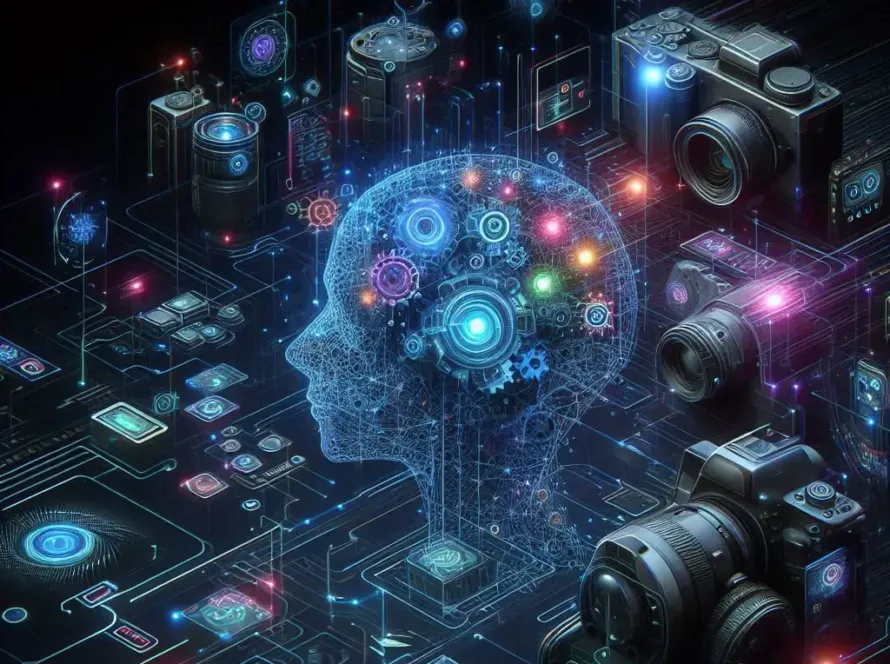Artificial intelligence (AI) continues to carve out a significant role in reshaping business landscapes, driving operational efficiencies, enhancing customer interactions, and fostering innovation across industries. As we approach 2025, a plethora of advancements in AI-driven automation are set to influence how organizations operate. This article delves into the latest trends, predictions, and opportunities that AI-powered automation will bring in the coming year, while also addressing potential challenges that businesses must navigate.
Understanding the Current Landscape of AI-Driven Automation
The need for efficiency and agility in today’s fast-paced business environment has accelerated the adoption of AI technologies. Automation, once synonymous with simple task execution, has evolved into sophisticated systems that leverage AI, machine learning, and advanced analytics to perform more complex tasks. This evolution not only reduces operational costs but also allows human resources to focus on higher-value responsibilities, thereby enhancing both productivity and job satisfaction.
Key Trends Shaping AI Automation in 2025
Several trends are emerging that will significantly influence AI automation in 2025:
- Generative AI Integration: Generative AI technologies are set to revolutionize automation by enabling systems that autonomously generate content, code, and solutions. This advancement can lead to a substantial increase in productivity across sectors, especially in creative tasks such as marketing, coding, and customer service.
- Hyperautomation Expansion: The integration of multiple AI technologies—including robotic process automation (RPA) and machine learning—will facilitate hyperautomation, enabling organizations to automate more complex, end-to-end business processes. Predictions suggest that this trend will see rapid adoption as businesses seek to streamline operations.
- Cloud-Native Solutions: Organizations are increasingly leveraging cloud-based automation platforms, enhancing flexibility and scalability while reducing the burden on IT infrastructure. This trend allows companies to quickly implement and adapt automation strategies suitable for their unique needs.
- AI-Driven Decision-Making: Businesses are integrating predictive analytics and real-time data analysis to enhance decision-making processes. By utilizing large datasets, companies can uncover trends, optimize operations, and respond proactively to market changes.
- Human-Centric AI: Future automation systems will prioritize human experience, ensuring UI/UX design integrates AI capabilities seamlessly. This approach fosters greater employee engagement and satisfaction in interacting with automation tools.
Opportunities and Challenges Ahead
The next year presents remarkable opportunities for organizations willing to embrace AI-driven automation:
- Increased Efficiency: Businesses can expect enhanced operational efficiency as routine tasks are automated, empowering employees to focus on more strategic initiatives.
- Cost Reductions: With the deployment of automated solutions, organizations can significantly lower operational costs while improving service delivery and turnaround times.
- Scalability: Companies that adopt adaptable automation frameworks will be better positioned to scale operations without the corresponding increase in costs, aligning with their growth objectives.
However, these prospects come with challenges that require careful navigation:
- Data Privacy and Security: As reliance on data intensifies, businesses must address growing concerns related to data privacy, ensuring compliance with regulations like GDPR.
- Workforce Upskilling: Organizations will need to facilitate ongoing training and development opportunities to equip employees with the necessary competencies to thrive in an automated environment.
- Ethical Considerations: The ethical implications of AI—and its potential for bias—will necessitate the establishment of robust governance frameworks to ensure responsible implementation.
Case Studies and Real-World Examples
Numerous organizations have successfully integrated AI-powered automation solutions, resulting in tangible benefits:
- In the manufacturing sector, companies employing AI-driven predictive maintenance have reported reduced machinery downtime and extended equipment lifespan, leading to significant cost savings.
- Dynamic customer service systems utilizing chatbots and virtual assistants have improved response rates and customer satisfaction, enabling companies to offer round-the-clock assistance without exponential staffing costs.
- Financial services firms leveraging AI for fraud detection have enhanced security protocols, minimizing risks associated with fraudulent activities while optimizing customer experiences.
Conclusion: The Path Forward
AI-powered automation is poised to transform business operations significantly in 2025. Companies that proactively understand and leverage these emerging trends will be equipped to drive innovation and achieve sustained growth. Balancing the potential benefits with ethical considerations and workforce implications will be paramount in navigating this future landscape. Embracing AI as a strategic asset, rather than merely a tool, will determine the success of organizations in the evolving digital economy.
This article was written with the support of ChatGPT, utilizing information gathered from various authoritative sources on AI trends and the future of business automation.
References:
- Automation Trends in 2025: Insights and Predictions for the Future of Automation – Medium
- 2025 Automation Trends: The Impact on Business Processes and Growth – BairesDev
- Intelligent Automation Trends and Predictions 2025 – Blue Prism
- Future of AI in Business: Trends, Opportunities, and Challenges – AI Time Journal
- The future of AI: trends shaping the next 10 years – IBM Think
- Navigating the Future of AI in Business: Trends & Insights – Adam Fard



